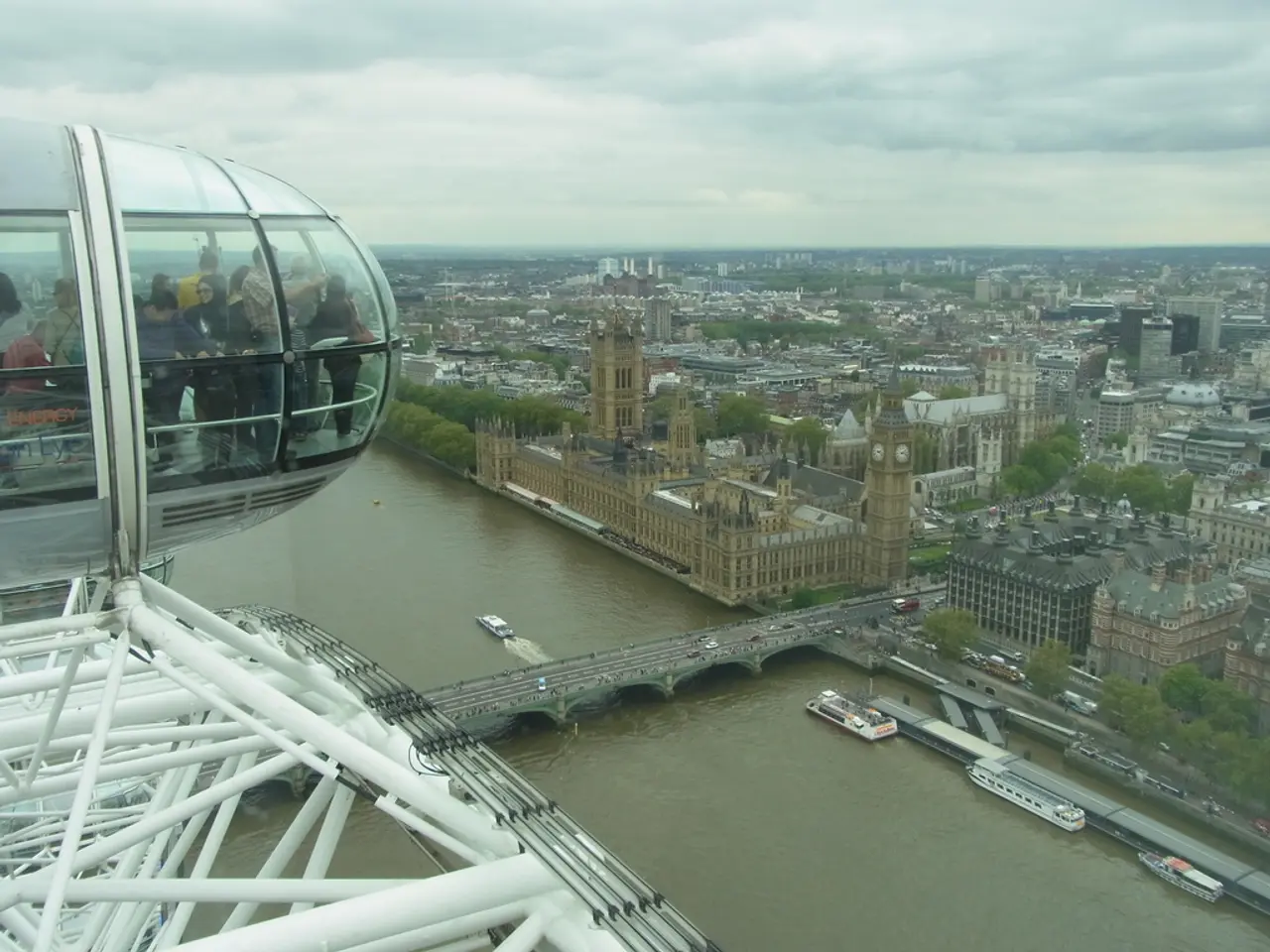Crash Involving Police Motorcycle and Bicyclist on the Rhineland Dam (Federal Highway B1)
In an incident that occurred on the pedestrian/bike path of federal road 1 (FR Unna), a cyclist collided with a police motorcycle, resulting in minor injuries for the cyclist and property damage of approximately 150 euros to the motorcycle.
According to reports, the police officer had previously ordered the cyclist to stop, but the cyclist failed to comply. The cyclist then made a sudden lateral steering movement to the right, colliding with the police motorcycle. As a result, the cyclist fell and sustained minor injuries, but medical treatment was not required.
The collision occurred on the pedestrian/bike path, where cycling against traffic is a traffic violation. In Germany, dedicated bike paths and pedestrian paths have distinct rules, with cyclists generally required to ride with the traffic flow on designated bike paths. Riding against the flow or on pedestrian paths where cycling is prohibited can lead to traffic fines.
The incident escalated due to the involvement of a police motorcycle, which could lead to more severe consequences such as charges of negligent or reckless driving, injury or property damage liability, and possibly criminal investigation depending on the severity of the collision and whether the cyclist's actions were reckless or intentional.
Enforcement and consequences for traffic violations in Germany are strict. Police and courts maintain a firm stance on traffic laws, especially when public safety and order are compromised. Cyclists, like all road users, must comply fully with traffic rules to avoid fines and legal liability.
While the reasons for the cyclist's initial disobedience to the police officer's order were not provided, this incident serves as a reminder of the importance of adhering to traffic rules and the potential legal implications of disobedience, especially when involving law enforcement officers.
[1] Cycling against traffic on pedestrian/bike paths and causing a collision with a police motorcycle would have significant legal implications, potentially including traffic fines, liability for damages, and criminal charges.
[2] In Germany, dedicated bike paths and pedestrian paths usually have distinct rules. Cyclists are generally required to ride with traffic flow on designated bike paths. Riding against the flow or on pedestrian paths where cycling is prohibited can be considered a traffic violation. The conflict arises because sidewalks and pedestrian paths prioritize pedestrians, not cyclists.
[3] Police and courts in Germany maintain strict enforcement of traffic laws, especially when public safety and order are compromised. Even non-motorized traffic participants like cyclists must comply fully with rules to avoid fines and legal liability.
- This specific incident, involving a cyclist disobeying a police officer's order to stop and colliding with a police motorcycle on a pedestrian/bike path, could result in traffic fines, liability for damages, and even criminal charges due to the violation of traffic rules and the involvement of a law enforcement officer.
- In cases where cyclists disregard the rules and ride against traffic on pedestrian/bike paths, they are placing themselves and others at risk, potentially inciting accidents like the one mentioned in the general news report. It's crucial for all road users, including cyclists, to understand and adhere to the distinct rules for bike paths and pedestrian paths in Germany, to ensure safety and maintain order on the roads.








